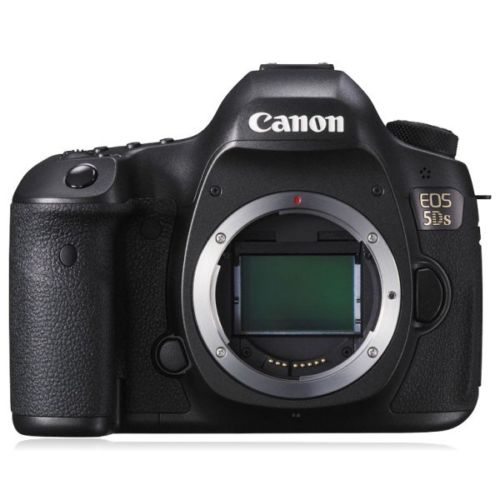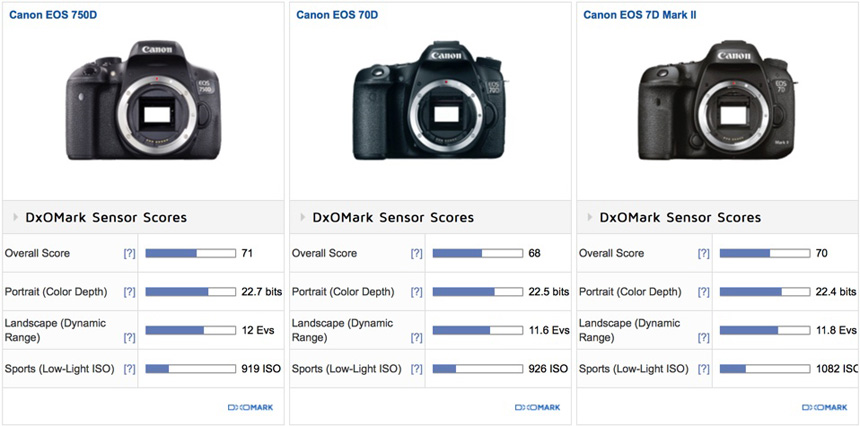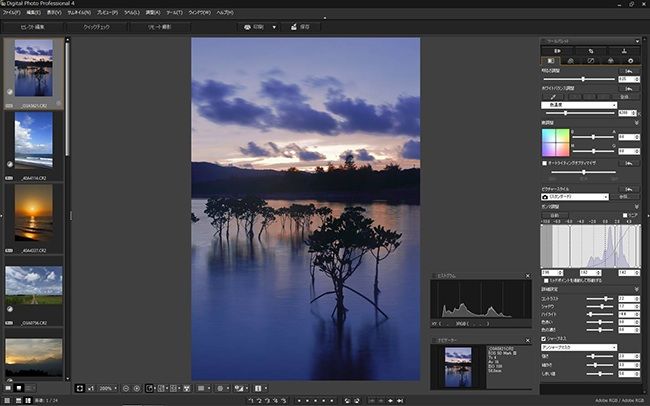
- EF Mount Lens/Full Frame Format
- Aperture Range: f/2 to 16
- FLD & Special Low Dispersion Elements
- Two Aspherical Elements
- Super Multi-Layer Coating
- Hyper Sonic AF Motor
- Internal Focus; Manual Focus Override
- Rounded 9-Blade Diaphragm
- Thermally Stable Composite Material
- Compatible with Sigma USB Dock
Sigma announced price and availability of the Sigma 24-35mm f/2 DG HSM lens, the world’s fastest full-frame zoom lens, and the first with constant f/2. The price is $999, availability expected for late July.
You can already pre-order the Sigma 24-35mm f/2: Adorama and B&H Photo.
RONKONKOMA, N.Y. Sigma Corporation of America, a leading DSLR lens and camera manufacturer, today announced that the new Sigma 24-35mm F2 DG HSM Art lens will become available in late July for the street price of $999.
The 24-35mm F2 DG HSM Art lens is the market’s first full-frame zoom that allows photographers to carry one fast aperture lens that can do the work of three popular fixed focal length lenses – the 24mm, 28mm and 35mm. It includes an optimized autofocus (AF) algorithm for smooth, fast, and accurate focusing, a manual focus (MF) override functionality, and is made of Thermally Stable Composite (TSC) reducing its size and weight.
Built upon the impressive versatility offered by Sigma’s 18-35mm F1.8 DC HSM Art lens, the new 24-35mm continues the Art line tradition of top optical performance that’s comparable to Sigma’s 24mm F1.4 DG HSM Art and 35mm F1.4 DG HSM Art. It offers optimized lens power distribution, and minimizes spherical aberration, axial chromatic aberration and field curvature. The Sigma 24-35mm F2 DG HSM Art lens also features a video-friendly, inner focusing system that eliminates front-lens rotation, enhancing the lens’ stability as well as a Hyper Sonic Motor (HSM) that ensures a silent, high-speed AF function.
“The combination of fast, constant aperture and zoom versatility will make this lens exceptionally popular for photographers who crave the convenience of wide angle zooms, paired with the performance of fast, wide primes,” said Mark Amir-Hamzeh, president of Sigma Corporation of America. “The Art lenses have raised the bar for total imaging performance, and this lens is going to make a lot of photographers very happy.”
As with all new lenses under the Global Vision categories, every 24-35mm will be tested using Sigma’s own modulation transfer function (MTF) measuring system, “A1,” in the company’s factory in Japan. It is compatible with Sigma’s USB DOCK, which allows photographers to update the lens’ firmware, adjust focus points and customize full-time MF function settings by using Sigma’s Optimization Pro software. Sigma’s exclusive Mount Conversion Service, which enables users to easily convert the lens’ camera mount between supported versions, is also available for a fee. The lens will be available in Sigma, Canon and Nikon mounts.
The Sigma 24-35mm F2 DG HSM Art lens will also feature:
- Large-diameter, aspherical lens elements, which require advanced technologies to produce, one “F” Low Dispersion (FLD) glass, and seven Special Low Dispersion (SLD) glass elements with two aspherical lenses. The advanced optics and optimized lens power distribution minimizes spherical aberration, axial chromatic aberration and field curvature, resulting in outstanding optical performance
- A video-friendly, inner focusing system that eliminates front-lens rotation, enhancing the lens’ stability and allowing use of circular polarizing filters
- A Hyper Sonic Motor (HSM) that ensures a silent, high-speed AF function. Smoother AF is achieved when the this AF algorithm is optimized
- Full-time MF by rotating the focus ring of the lens while auto focusing
- A nine-blade, rounded diaphragm creates an attractive blur to the out-of-focus areas of the image
- Specifications: Lens construction containing 18 elements in 13 groups; a weight of 33.2 ounces; a diameter and length of 3.4 inches by 4.8 inches, respectively; a minimum aperture of F16; and angle of view (35mm) of 84.1° to 63.4°; minimum focusing distance of 11 inches; and a maximum magnification ratio of 1:4.4
For information about Sigma, go to www.sigmaphoto.com or follow the company on Twitter, Instagram and Facebook.
Pre-order the Sigma 24-35mm f/2: Adorama and B&H Photo.







